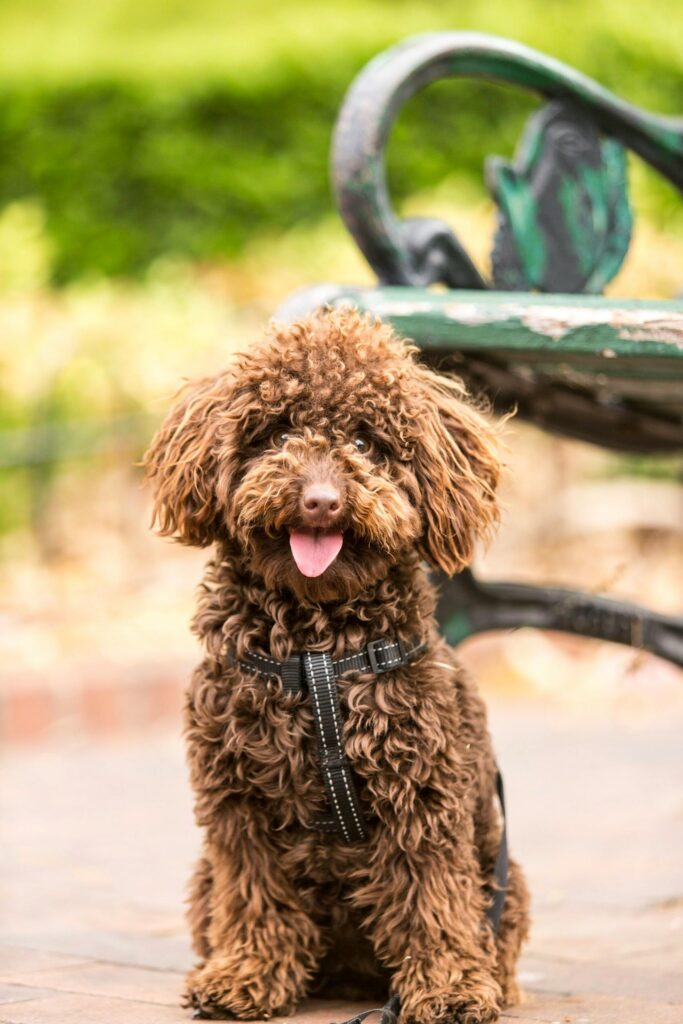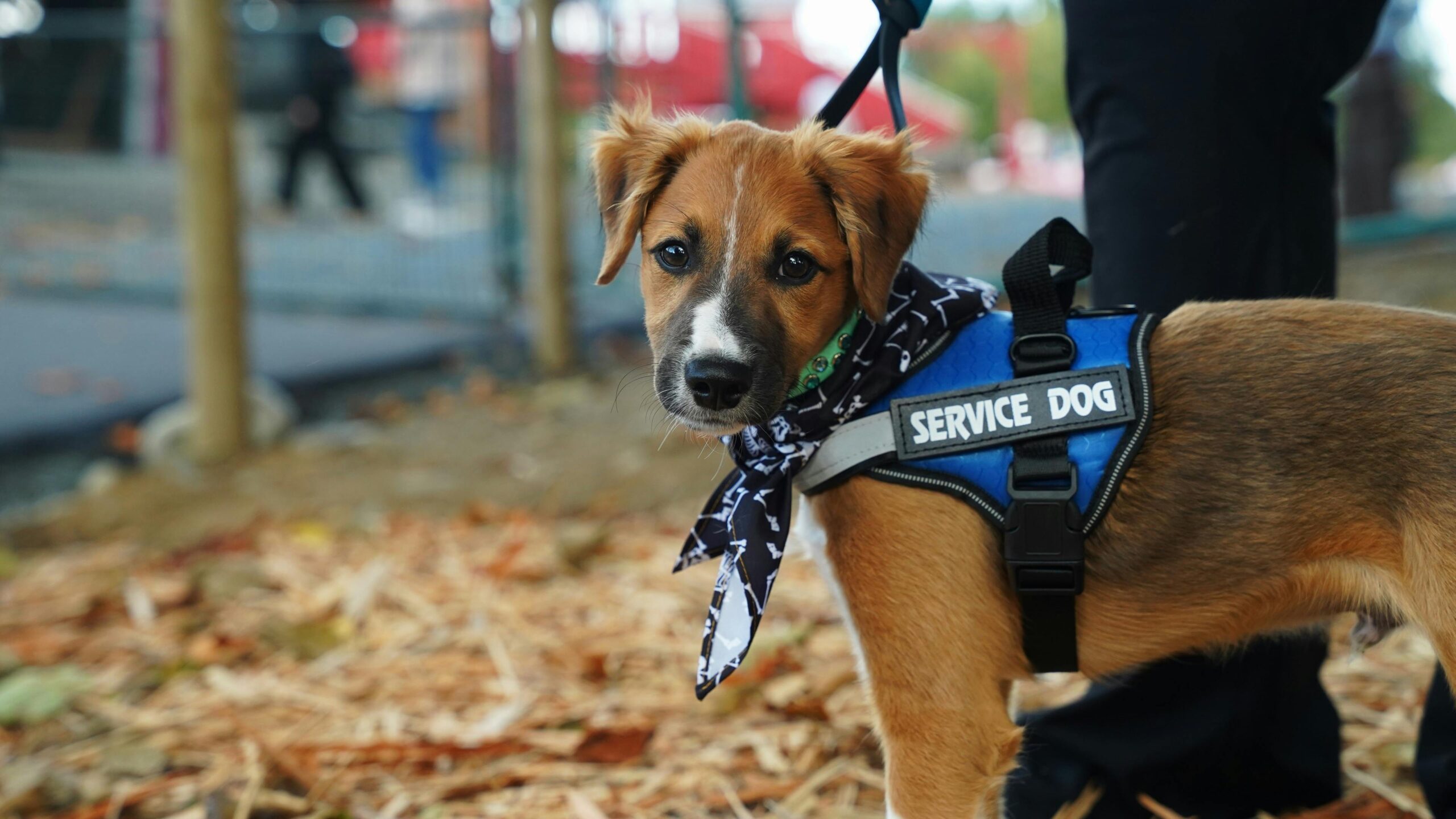If your dog barks, lunges, or growls when on leash, you are dealing with leash reactivity. It can feel overwhelming, especially when walks turn into stressful experiences instead of enjoyable outings. The good news is that leash reactivity is common, understandable, and fixable with the right approach.
As a professional trainer in Canton, I often meet families who feel embarrassed or defeated by this behavior. But leash reactivity is not aggression by default. It is often rooted in emotion, frustration, or lack of structure.

Common Causes of Leash Reactivity
Leash reactivity happens for different reasons, and identifying the root cause is the first step to fixing it.
- Frustration: Dogs want to greet or reach something but are restrained.
- Fear or anxiety: Some dogs feel trapped on a leash and overreact defensively.
- Lack of training: Dogs that have not learned impulse control may default to pulling, barking, or lunging.
- Past experiences: A negative encounter on leash can create ongoing tension.
- Owner tension: Dogs sense when owners tighten leashes or react nervously.
Myths About Leash Reactivity
There are many misconceptions that prevent owners from addressing leash reactivity effectively.
Myth 1: A reactive dog is always aggressive.
Reality: Many reactive dogs are friendly off-leash but feel frustrated when restrained.
Myth 2: Reactivity will go away on its own.
Reality: Without structured training, reactivity often gets worse over time.
Myth 3: More exposure is the solution.
Reality: Flooding a reactive dog with uncontrolled exposure can increase stress instead of reducing it.
Myth 4: Special gear will solve it instantly.
Reality: Training tools can help, but they must be paired with consistent obedience training.
How to Fix Leash Reactivity
1. Build Solid Obedience First
Reactivity is easier to manage when your dog has a foundation of sit, down, heel, and recall. Our Basic Obedience Training builds these skills so your dog learns to listen in calm and controlled settings before distractions increase.
2. Practice Engagement
Teach your dog to look at you on command. Reward eye contact frequently. Engagement creates focus and prevents fixation on triggers.
3. Manage Distance
If your dog reacts strongly to other dogs at 20 feet, start working at 40 feet. Gradually reduce distance as your dog learns to stay calm.
4. Use Controlled Exposure
Instead of rushing into busy parks, practice in low-distraction areas and increase challenge slowly. This helps your dog learn to stay composed around triggers.
5. Stay Calm and Consistent
Dogs pick up on our energy. A calm, confident handler teaches the dog there is nothing to worry about. Consistency builds trust.
For more insight into building calm responses, review our blog on why repetition is key in dog training. Repeated, structured practice makes reactivity manageable.
Tools That Help
While no single tool solves leash reactivity, certain equipment can support your training:
- A standard 4–6 foot leash (avoid retractables)
- A properly fitted collar or training tool, used correctly
- High-value treats for engagement drills
- Long lines for recall and safe distance practice
The AKC’s breakdown of reactivity vs aggression is especially helpful for understanding your dog’s behavior. Many dogs are mislabeled as aggressive when they are simply reactive, and the solutions for each are very different.
Why Professional Help Matters
Leash reactivity is highly emotional for dogs and stressful for owners. Working with a professional ensures you progress safely and effectively. At Off Leash K9 Training Canton, we tailor reactivity training to the root cause, helping dogs build calm confidence and reliable obedience.
Our Basic Obedience Training provides the structure your dog needs, while advanced sessions help proof their skills in public settings.
Tired of stressful walks? Contact us today and let us help you turn leash reactivity into calm, enjoyable outings.

